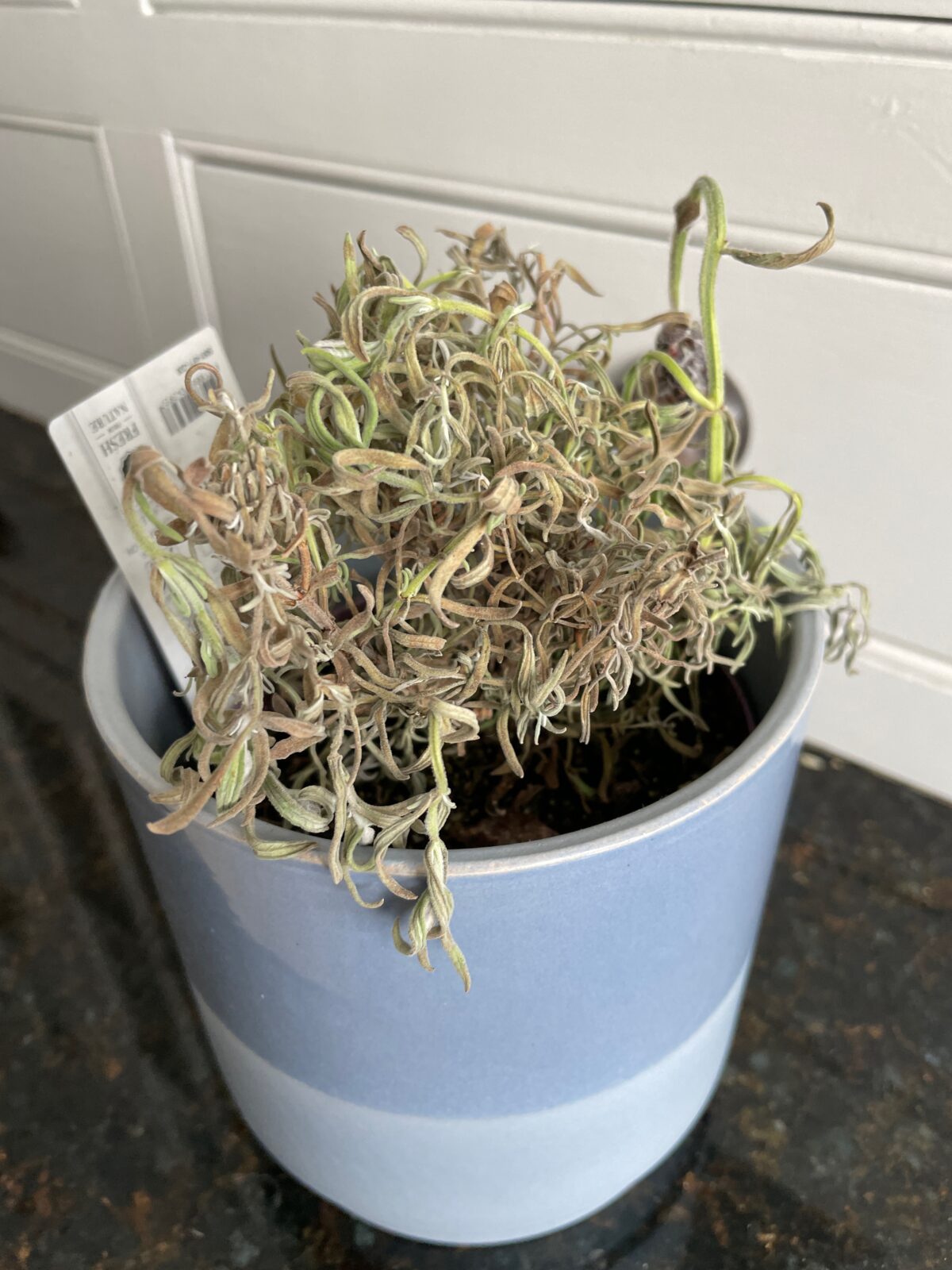In this article, we will tell you what to do if your houseplant has been neglected for a while. We all have been guilty of this as in our busy lives, we have forgotten to look after our indoor greenery. Often problems we see in our houseplants are not due to pests, but due to the wrong light, watering issues, wrong location or a lack of fertilizer.
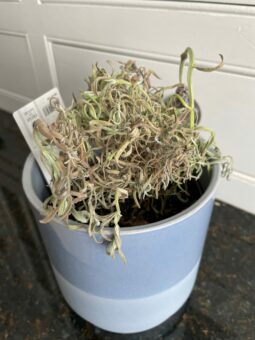
Some houseplants owners will overindulge in their care of houseplants, whilst others will forget to look after them. Plants need consistency in everything from temperature light, watering and feeding regimes. Plants need to feel at home in your home as much as you do.
WHAT TO DO IF YOU HAVE NEGLECTED YOUR HOUSEPLANTS AND YOU HAVE UNDER-INDULGED?
Watering is a prime concern for those, as plants are often neglected and left unloved. The plant will not be happy and the leaves and stems will start to wilt, looking soft and droopy, with the leaves often looking dry. This happens when the plant loses water and have no turgidity (firmness) in the stem.
The plant cells begin to collapse on themselves and the plant droops as the cell walls are pulled away from the membrane. At the point beyond the point of elasticity, the plant not only wilts but starts dropping leaves, as the plant cells start to dry.
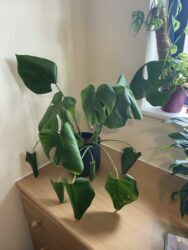
In a thirsty plant, new leaves grow smaller than normal and are often darker than the other leaves, which shows there is a danger of dropping. The plant goes into survival mode and will shed older leaves to try and save the younger leaves.
This results in growth looking stunted, where water and nutrients are lacking in the plant. If the dryness continues, you could lose your plant and swift action will be needed. You will need to water the compost thoroughly by soaking the pot in a bowl of water for at least 30 minutes or until the compost is saturated.
YOU NEED TO MIST AS WELL
It will also help if you spray the foliage of the plants as this will slow down the rate of transpiration. For some plants, such as cacti and succulents can dry out but externally there are no obvious signs. They may look alive, but they may be mummified and actually dead. This is often recognised by the leaves looking a dull green colour.
Most houseplants come supplied in pots with peat, as it is cheap and lightweight, making it easy to transport. The problem is that once the compost dries out it is difficult to rewet.
If this happens, you can soak the whole pot in a bowl of water as suggested before, but this time add a squirt of biodegradable washing –up liquid to it. This will lower the contact angle and therefore the surface tension of the water and after ten minutes, the compost would be rewetted.
FOR THOSE OVER-INDULGERS THAT LOOK AFTER THEIR HOUSEPLANTS TOO WELL
It is a sad fact that most houseplants’ deaths are caused by drowning. As all plants take up water through root hairs that are fine and need oxygen to survive.
If all the available spaces are taken up with water, but oxygen cannot be taken by the roots and they start to rot.
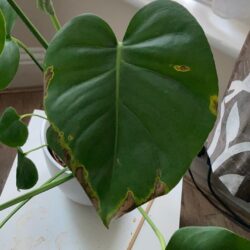
There are plenty of warning signs that this is happening, but people often ignore these. The plant leaves start to wilt but the compost is wet, telling you that you have overwatered the plant. Plants will try to drop leaves and flower buds to try and save themselves. If you see a green slime on top of the compost, you know for definite that you have been overwatering.
If the lower stem starts to rot then the plant is often beyond being salvageable, but you must not give up trying and you can try to save your plant.
First, put the plant in a warm room, and stop watering it. Let the compost dry and do not water for at least a week, or better 10 days. After this time, you should turn the plant out of its container and remove all the compost to examine the roots. Do this gently and try not to damage the roots. You must cut out all the black, dead and dry roots using a disinfected pair of scissors. The plant will then need to be placed in the original container it came in or a smaller one if a lot of roots have been removed. The pot will need to be disinfected before use by washing it with something like Jeyes fluid and dried before filling with fresh, new compost.
You can now start to water when the plant needs it and not too much this time.
WHAT ABOUT LIGHT?
If you expose your houseplant to too much sunlight you can see browning at the edges of the leaves as they get sunburnt (known as sun scorch). This tends to get worse and brown dead patches to form on the leaves.
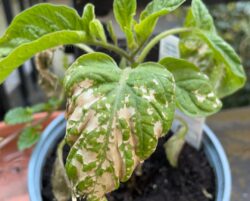
A plant may wilt if the compost is too hot that it is baking in the bright light it is exposed to. If your plant is showing signs of being sun-scorched, you will need to remove the scorched brown leaves. Remember new shoots that follow are very light sensitive so you will need to protect them by offering some shade.
On the opposite extreme, too little light can make the plant grow tall and spindly. The leaves may lose their vibrancy and variegated leaves may lose their variegation, turning green. If the plant grows contorted leaves, as it is searching for light, it is best to cut these back to have fewer twisted stems. At the same time, you will need to slowly adjust the plant to better light conditions.
WHAT ABOUT FERTILIZING?
If you tend to neglect to water, then you will not feed your plants enough. This is not good as an underfed plant tends to look yellow as it lacks nitrogen and other trace elements. Nitrogen is essential for the growth and greenness of the leaves. Plants in spring and summer need to be fed regularly. It is best to feed your houseplants every two weeks or so with a liquid fertiliser like Baby Bio. A houseplant in the same container for many years is at a disadvantage as it will be in depleted compost.
To stop this from happening repot regularly and at least when the plant becomes root-bound and it drinks water like there is no tomorrow. Do this and also do not forget to feed regularly during the growing season.
On the opposite extreme, overfeeding a plant can make the plant look unhealthily, lanky and not be very productive. The leaves will look brittle as well. If you have a terracotta pot, you may see salt crystals forming on the outside of the pot. This definitely shows that the plant has been overfed. The solution is to periodically wash the pot out with excess water and allow it to drain to stop salts from building up. You will need to feed less often and never more than a fortnightly during the growing season.
WHAT TO DO IF YOU ARE GOING AWAY FOR A WEEK?
If you just going away for a weekend, you can seal your plants in clear plastic bags- either the whole plant or just over the pot for larger plants, tying at the bags securely around the stem.
This acts as a mini-greenhouse, keeping the environment moist at all times as the plants transpire. This will keep more moisture available at the roots of the compost and thus prevent it from drying out. Put the plant in a spot where too much light is an issue as this can cause the plant to dry out too much.
If it is not possible to do this, it is better to use water spikes that have been reviewed here. Great for those who are going away for a week or so.
CONCLUSIONS
In this article, we have talked about how to rescue neglected houseplants that either has been looked after too much or too little. Recommendations have been made for those who underwater, overwater, put it into too much light, overfed, or underfed. Even what to do, you are going away.
If you follow what I have said in this article, you will soon have a healthier plant. If you have any questions or comments in this regard, please let me know in the comment box below and I will get back to you.

